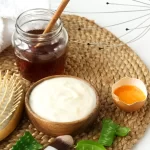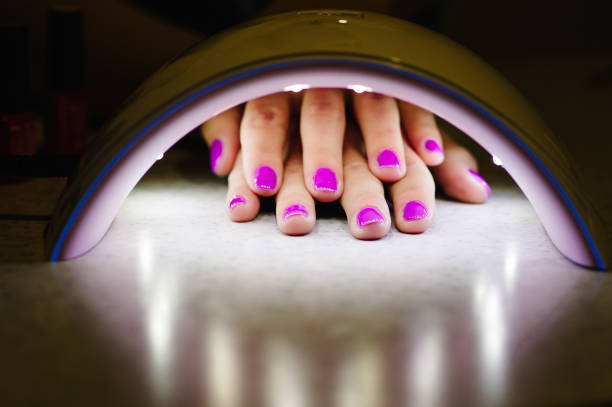How to Transition to Natural Hair: Tips for a Smooth Journey

Transitioning to natural hair is an exciting and empowering journey that allows you to embrace your natural texture without the immediate big chop. While the process requires patience and care, the results—a head full of strong, healthy curls or coils—are well worth it. Whether you’re moving away from chemical relaxers, excessive heat styling, or simply want to reclaim your natural hair pattern, this guide will help you navigate the transition smoothly.
1. Understand Your Hair Type and Texture
Before diving into the transition process, it’s important to learn about your natural hair type and texture. Understanding whether your hair is wavy, curly, coily, or kinky will help you choose the right products and styling techniques that best suit your needs.
2. Trim Regularly
As your natural hair grows in, the line of demarcation—the point where your natural texture meets your relaxed or heat-damaged hair—becomes the weakest part of your strands. To prevent excessive breakage, aim to trim your ends every 6 to 8 weeks. Gradually cutting off the processed hair will make the transition smoother and help maintain healthy strands.
3. Moisturize, Moisturize, Moisturize
One of the biggest challenges during the transition phase is dealing with two different textures, both requiring adequate moisture. Invest in a good leave-in conditioner, deep conditioning treatments, and natural oils like coconut, jojoba, or castor oil. Hydrated hair is less prone to breakage and frizz, making the transition more manageable.
4. Protective Styling is Your Best Friend
To minimize breakage and make the transition easier, consider protective styles like braids, twists, buns, and wigs. These styles reduce manipulation, allowing your natural hair to grow without excessive stress from daily styling.
5. Limit Heat Usage
Excessive heat can damage your new natural growth, leading to setbacks in your transition. Avoid flat irons and curling wands as much as possible. If you must use heat, always apply a heat protectant and use the lowest effective temperature.
6. Use Gentle, Sulfate-Free Shampoos
Harsh shampoos can strip your hair of natural oils, leaving it dry and brittle. Opt for sulfate-free shampoos or co-wash (using conditioner instead of shampoo) to cleanse your hair without stripping its moisture.
7. Detangle with Care
Detangling transitioning hair can be challenging, but the key is to be gentle. Always detangle when your hair is damp and coated with conditioner. Use a wide-tooth comb or your fingers to minimize breakage.
8. Incorporate Protein Treatments
Your hair needs a balance of moisture and protein to stay strong. Use protein treatments periodically to strengthen the line of demarcation and reduce breakage. However, be careful not to overuse protein treatments, as they can make your hair stiff and prone to snapping.
9. Be Patient with Styling
Finding hairstyles that work for both your relaxed and natural textures can be tricky. Try twist-outs, braid-outs, flexi rod sets, or roller sets to create a uniform curl pattern and blend the two textures seamlessly.
10. Stay Consistent and Trust the Process
Transitioning takes time, and progress won’t happen overnight. Stay committed to your hair care routine, be patient with your growth, and remember why you started the journey.
Final Thoughts
Transitioning to natural hair is a deeply personal and rewarding experience. With proper care, patience, and the right techniques, you can successfully grow out your natural hair while maintaining its health and beauty. Embrace the journey, and before you know it, you’ll be rocking your fully natural crown with confidence!
Are you currently transitioning? Share your experience and favorite tips in the comments below!









